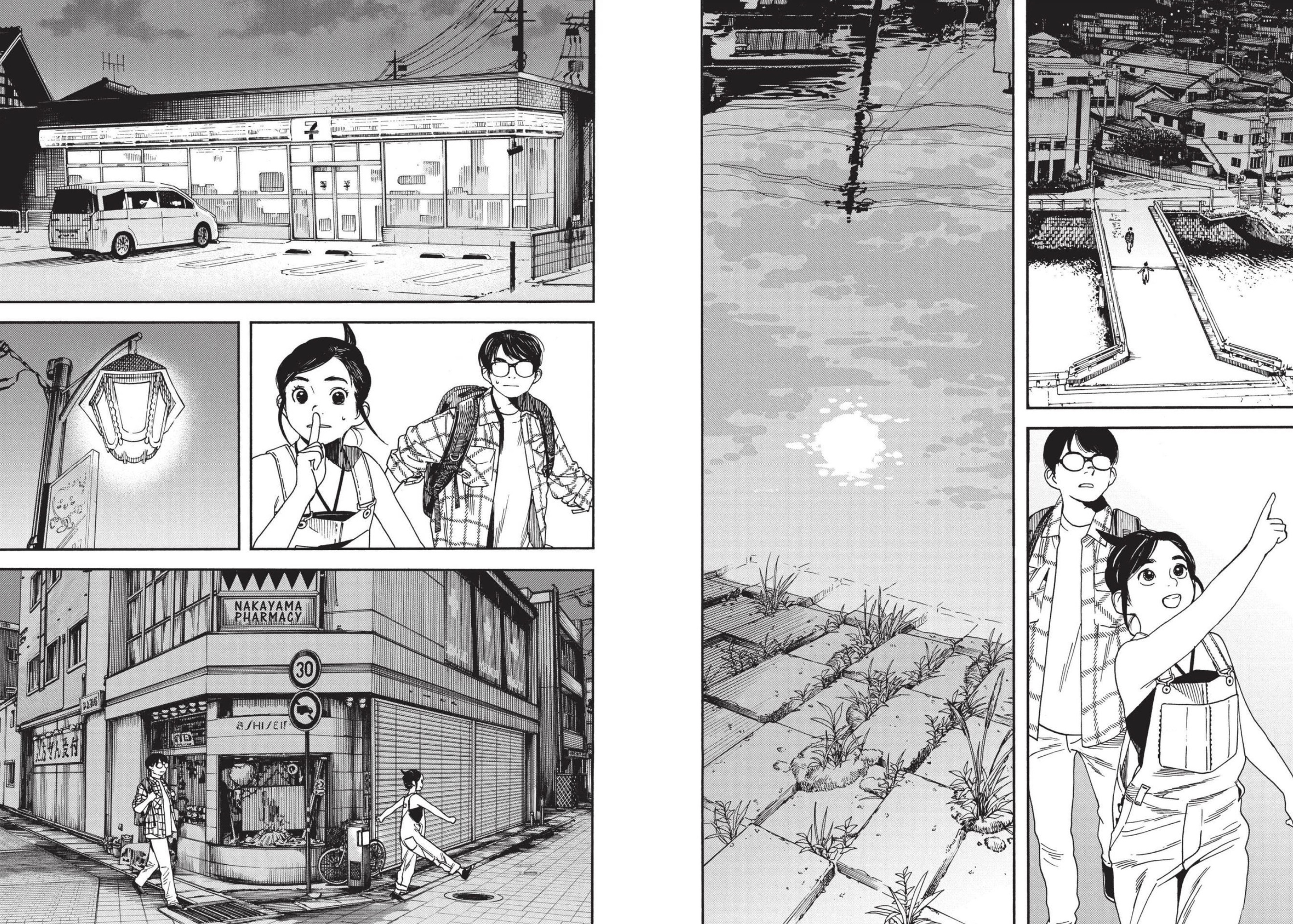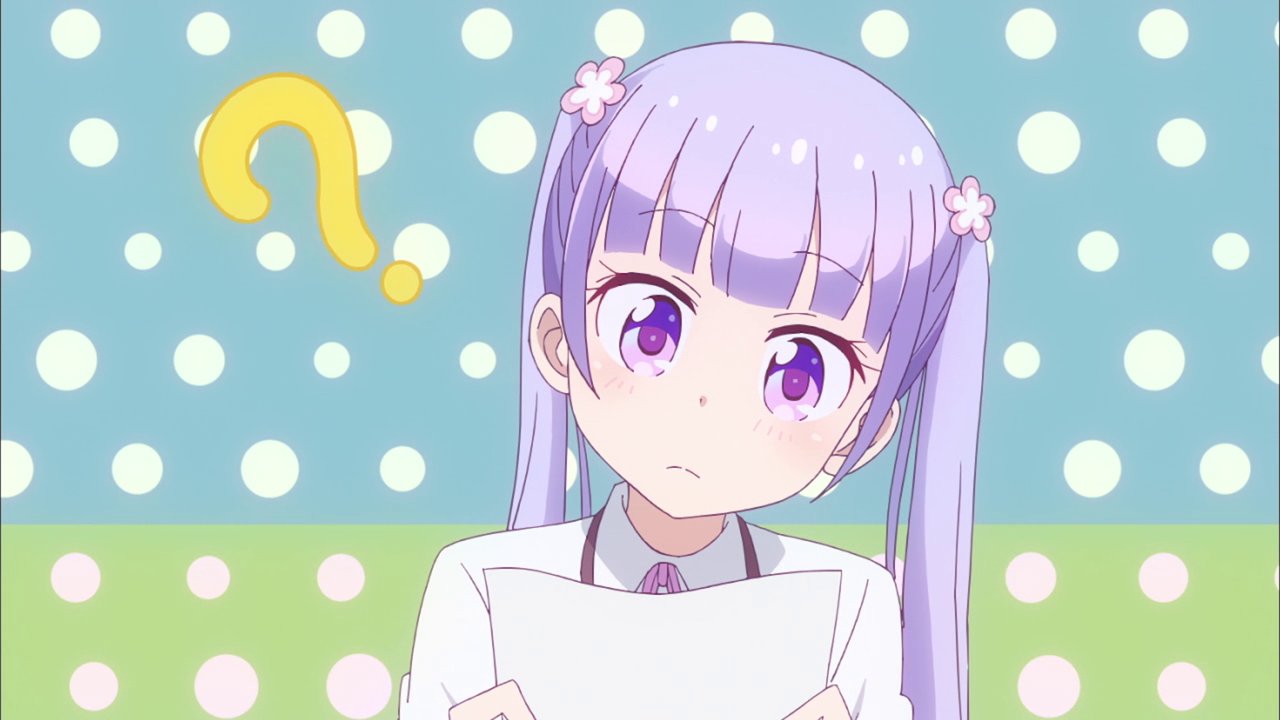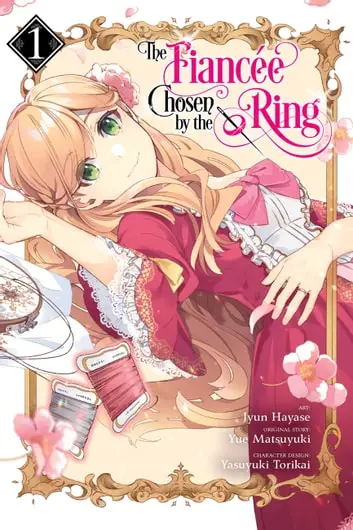First published in 1911, Frances Hodgson Burnett’s The Secret Garden has beguiled millions of readers with its portrait of Mary and Colin, two sickly children who heal themselves not through sorcery or super powers, but through curiosity and perseverance, as they find a forgotten space and bring it back to life. Burnett’s characters are prickly and complicated in the early stages of the book. As they begin excavating the garden, however, they become more resilient and assertive, forging a strong emotional bond with each other and their surroundings. While the story is very much a product of the Edwardian era, steeped in colonialism and patriarchy, the core plot—in which the children discover their own agency, and create their own spaces—seems as relevant in 2023 as it did over a century ago.
Insomniacs After School steals a page or two from The Secret Garden, but shifts the action to a high school in present-day Tokyo. In the opening pages of volume one, we meet Nakami, a grumpy, uptight boy, and Magari, a goofy, spontaneous girl. Fate throws them together when Nakami stumbles over Magari sleeping on the floor of the school’s long-abandoned observatory. After their awkward introduction, Nakami and Magari realize that they’re struggling with the same issue—insomnia—and hatch a plan to transform this forgotten space into a clubhouse where they can sneak in a midday nap or hang out. Nakami and Magari then scavenge furniture for the observatory, hang curtains, and welcome a neighborhood cat into their space, in the process uncovering the telescope left behind by the now-defunct astronomy club and, of course, becoming friends.
The best sequence in volume one, however, follows their first outing as members of the “Enjoy-the-Night Club.” Nakami and Magari slip out of their homes and into the city, meandering through empty neighborhoods, dodging a night patrolman, posing for photographs, and gazing out over the harbor as the first glimmers of dawn form on the horizon. Though there are a few lines of dialogue sprinkled throughout the chapter, most of Nakami and Magari’s adventure unfolds in companionable silence, allowing us to appreciate the stillness of early morning, and their thrill at being the only ones to witness the sunrise:
One of the strengths of Insomniacs After School is that Ojiro gives his characters—and, by extension, the story—plenty of room to breathe. There are a few hints that Nakami and Magari have bonded, in part, because of their complicated home lives. Nakami’s dad, for example, seems troubled, though it’s not clear from context what might be wrong, while Magari reveals she suffered from a serious childhood illness that made her frail. Neither teen wants their parents to know the full extent of their exhaustion, however, so they don’t seek help from the adults; as Magari declares, “When I was sick as a kid, I really hated how everyone worried about me. That’s why I keep my insomnia a secret.”
Another strength is the clean, expressive artwork. Ojiro’s facial close-ups and fresh use of perspective give us a sense of the characters’ eagerness for connection as well as their vulnerability and inexperience. In this sequence, for example, we can see what happens when Nakami’s simple, matter-of-fact statement lands differently than expected:
The shift in perspective neatly underscores Nakami’s confusion: one minute he felt at ease with Magari, and the next he’s puzzled by her reaction, a note of trepidation registering on his face. Ojiro resists the temptation to verbalize what his characters are thinking, instead letting the reader feel his characters’ discomfort as Nakami’s comment hangs in the air.
Ojiro’s knack for capturing these small but emotionally charged moments lends Insomniacs After School an emotional authenticity that will appeal teen readers; it’s a quiet, carefully observed portrait of two kids who are navigating the space between friendship and romance, with all the confusion and excitement that entails. For older readers, Insomniacs’ Secret Garden storyline is a potent reminder that the simple act of bringing life and light to a neglected space can heal the body and mind, no matter how old you are. Highly recommended.
INSOMNIACS AFTER SCHOOL, VOL. 1 • BY MAKOTO OJIRO • TRANSLATED BY ANDRIA CHENG • TOUCH-UP & LETTERING BY INORI FUKUDA TRANT • VIZ MEDIA • RATED T (FOR TEENS)
Source link











Leave a Reply